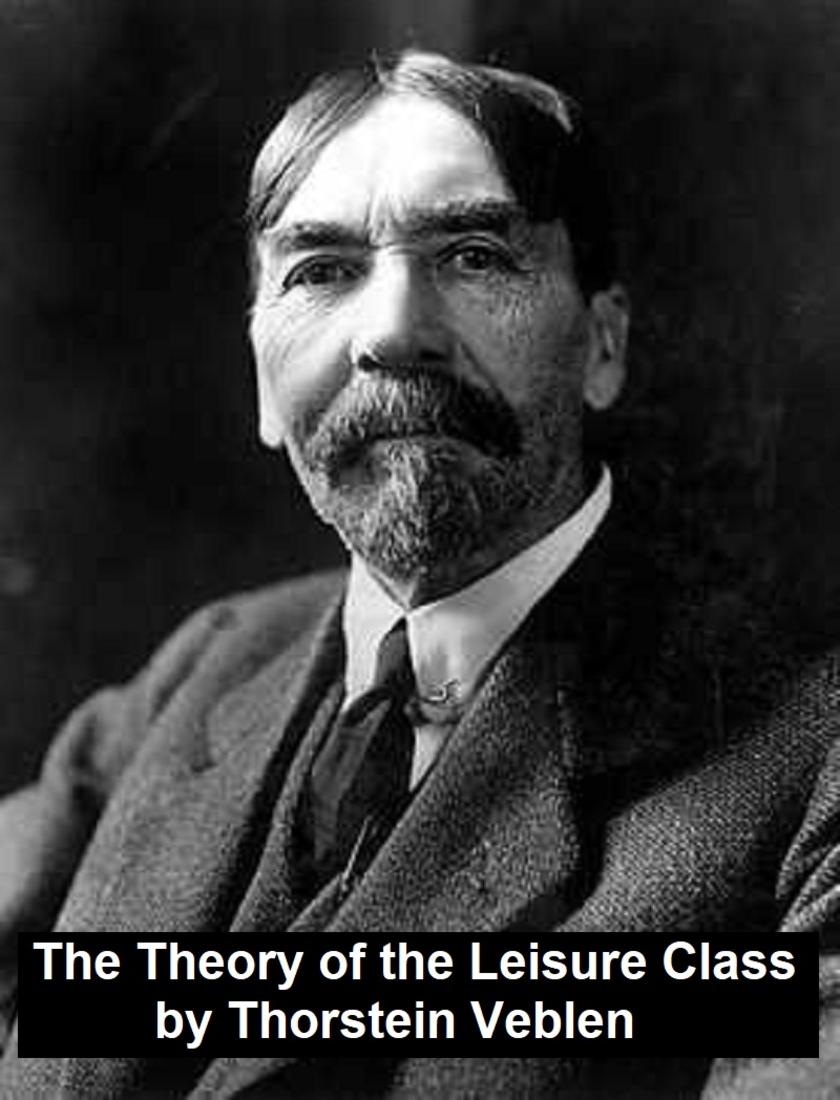
The Theory of the Leisure Class
¥8.09
According to Wikipedia: "Thorstein Bunde Veblen, born Tosten Bunde Veblen (July 30, 1857 – August 3, 1929) was a Norwegian-American sociologist and economist and a primary mentor, along with John R. Commons, of the institutional economics movement. He was an impassioned critic of the performance of the American economy, and is most famous for his book The Theory of the Leisure Class (1899)."
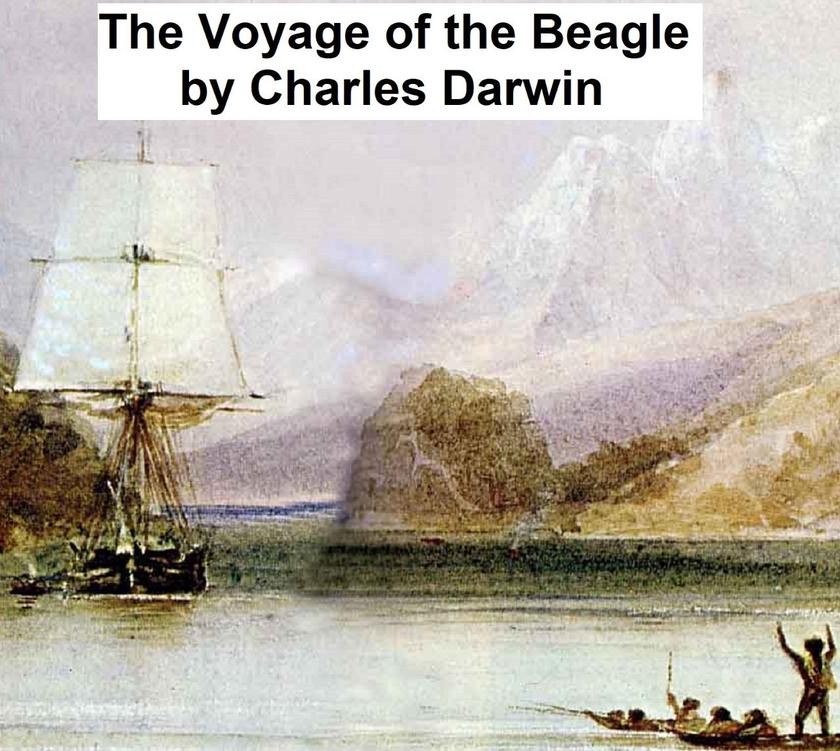
The Voyage of the Beagle
¥8.09
102 black-and-white illustrations. According to Wikipedia: "The Voyage of the Beagle is a title commonly given to the book written by Charles Darwin and published in 1839 as his Journal and Remarks, bringing him considerable fame and respect. The title refers to the second survey expedition of the ship HMS Beagle, which set sail from Plymouth Sound on 27 December 1831 under the command of Captain Robert FitzRoy, R.N.

The Four Million
¥40.79
Some of the best stories from the master of wordplay and surprise endings, including 'The Gift of the Magi' and 'The Cop and the Anthem'. Many of the stories in this collection are set in New York City.
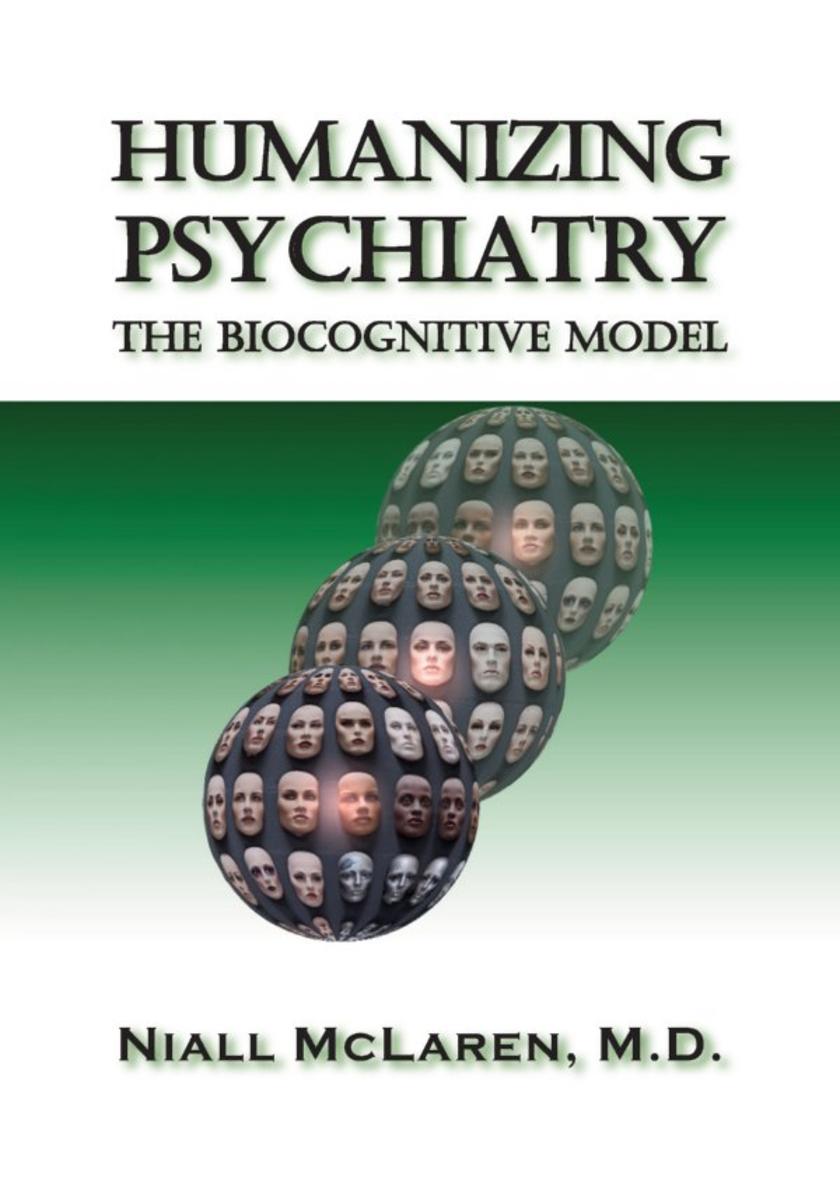
Humanizing Psychiatry:The Biocognitive Model
¥90.52
Does psychiatry have a future? Assailed from many directions, under constant attack for its reliance on "a drug for all problems" and increasingly unable to attract bright new trainees, the specialty is showing every sign of terminal decline. The reason is simple: modern psychiatry has no formal model of mental disorder to guide its daily practice, teaching and research. Unfortunately, the orthodox psychiatrists who control this most conservative profession are utterly antagonistic to criticism. Despite the evidence, they maintain a blind faith that "science will deliver the goods" by a biological examination of the brain. This book argues that their faith is entirely misplaced and is contributing to the destruction of an essential part of civilized life, the fair and equitable treatment of people with mental disorders. The author offers a rational model of mental disorder within the framework of a molecular resolution of the mind-body problem. Fully developed, this model will have revolutionary consequences for psychiatry--and the mentally-afflicted. Acclaim for the writing of Niall Mclaren, M.D. "This book is a tour de force. It demonstrates a tremendous amount of erudition, intelligence and application in the writer. It advances an interesting and plausible mechanism for many forms of human distress. It is an important work that deserves to take its place among the classics in books about psychiatry." --Robert Rich, PhD, AnxietyAndDepression-Help.com "Dr. McLaren brilliantly wields the sword of philosophy to refute the modern theories of psychiatry with an analysis that is sharp and deadly. His own proposed novel theory could be the dawn of a new revolution in the medicine of mental illness." --Andrew R. Kaufman, MD, Chief Resident of Emergency Psychiatry, Duke University Medical Center "I found Niall McLaren's book to be an incredibly well-written and thoughtprovoking. It is not, by any means, easy reading. It is also not for someone who doesn't have some form of background in understanding the various psychological theories and mental health conditions. I think that this would make an excellent textbook for a graduate class that allows students to question the theories that we already have." --Paige Lovitt for Reader Views About the Author The author is a psychiatrist of some 35 years standing. He writes philosophy in the bush outside Darwin, northern Australia, with his family as critics. For six years, while working in Western Australia, he was the world's most isolated psychiatrist. For more information please visit www.FuturePsychiatry.com PSY018000 Psychology : Mental Illness MED105000 Medical : Psychiatry - General PHI015000 Philosophy : Mind & Body
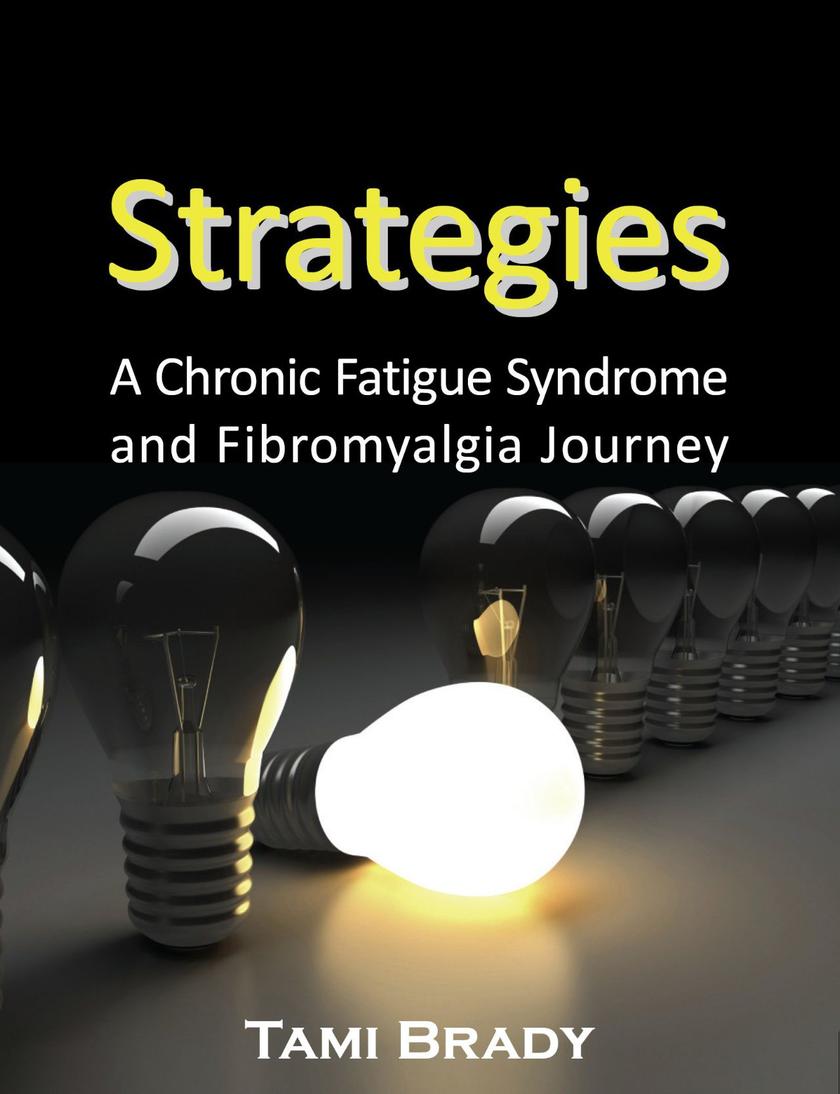
Strategies:A Chronic Fatigue Syndrome and Fibromyalgia Journey
¥56.82
It is estimated that 4-8 million people in the United States suffer with Fibromyalgia. Another one million also have Chronic Fatigue Syndrome. Some statistics state that Chronic Fatigue Syndrome and Fibromyalgia may directly affect 5% of the world's population. I am one of the individuals in this growing epidemic. In 1997, after a chaotic year of intense medical and psychological testing, I was diagnosed with Chronic Fatigue Syndrome and Fibromyalgia. I spent much of the last ten years in deep denial feeling alone, confused, frustrated, and angry. It has taken me a great deal of soul searching, but I believe that today I am a better, more centered person because of my experiences. I've never been someone who dictates advice, so my book provides worksheets you can develop to tailor your personal responses to symptoms and crises. It is the good, the bad, and the ugly of my personal journey that I share with you, my fellow Fibromites. My hope is simple, that you will find solace and renewed hope in my words.What People Are Saying About Strategies "This book is a passionate, intense account of one person's conquest over suffering. As a psychologist working with chronic pain sufferers, I can endorse Ms. Brady's philosophy, approach and tools." -Bob Rich, PhD, author Cancer: A Personal Challenge Author info at http://tami-brady.com Another great self-help book from Loving Healing Press
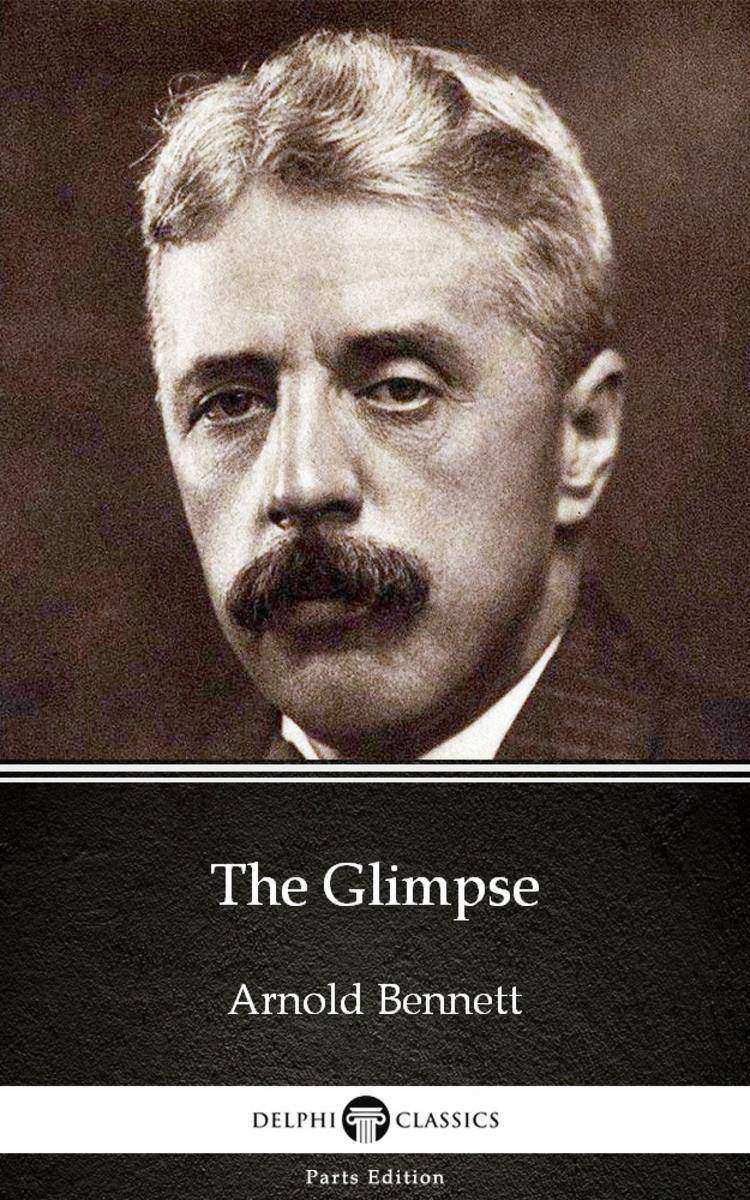
The Glimpse by Arnold Bennett - Delphi Classics (Illustrated)
¥8.09
This eBook features the unabridged text of ‘The Glimpse by Arnold Bennett - Delphi Classics (Illustrated)’ from the bestselling edition of ‘The Complete Works of Arnold Bennett’. Having established their name as the leading publisher of classic literature and art, Delphi Classics produce publications that are individually crafted with superior formatting, while introducing many rare texts for the first time in digital print. The Delphi Classics edition of Bennett includes original annotations and illustrations relating to the life and works of the author, as well as individual tables of contents, allowing you to navigate eBooks quickly and easily. eBook features: * The complete unabridged text of ‘The Glimpse by Arnold Bennett - Delphi Classics (Illustrated)’ * Beautifully illustrated with images related to Bennett’s works * Individual contents table, allowing easy navigation around the eBook * Excellent formatting of the text Please visit www.delphiclassics.com to learn more about our wide range of titles
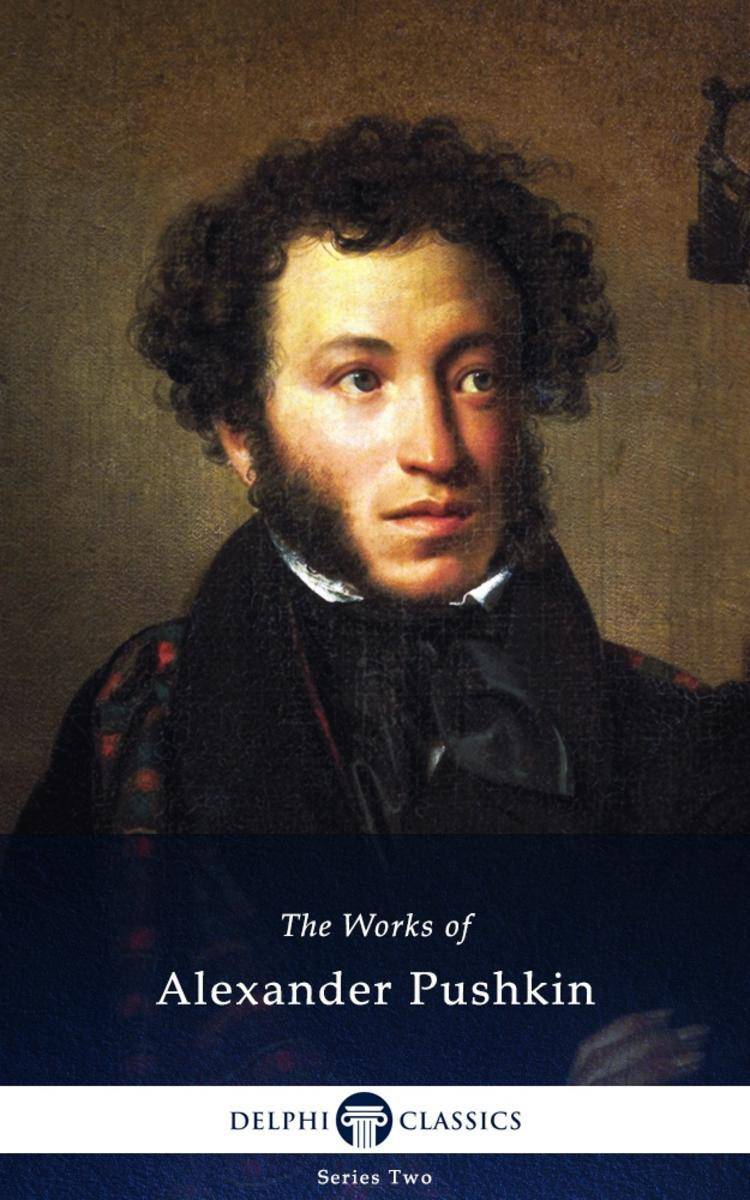
Delphi Works of Alexander Pushkin (Illustrated)
¥16.27
Russia's Father of Literature deserves a place in all digital libraries. This comprehensive eBook presents the major works of Alexander Pushkin, with beautiful illustrations, informative introductions and the usual Delphi bonus material. * Beautifully illustrated with images relating to Pushkin's life and works * Concise introductions to the poetry and other works * Images of how the books were first printed, giving your eReader a taste of the original texts * A selection of many of Pushkin's greatest poems, first time in digital print. * Excellent formatting of the texts * Almost the complete short fiction, including rare short stories appearing for the first time in digital print * Rare plays, with contents tables * Special criticism section, with three essays evaluating Pushkin's contribution to literature * Features a bonus biography - discover Pushkin's literary life * Scholarly ordering of texts into chronological order and literary genres Please visit www.delphiclassics.com to browse our range of exciting titles CONTENTS: The Poetry SHORT POEMS THE FOUNTAIN OF BAKHCHISARAY THE GIPSIES POLTAVA THE BRONZE HORSEMAN RUSLAN AND LYUDMILA LIST OF POEMS IN ALPHABETICAL ORDER The Verse Novel EUGENE ONEGIN The Short Stories and Unfinished Novels PETER THE GREATS NEGRO MARIE THE SHOT THE SNOWSTORM THE UNDERTAKER THE POSTMASTER MISTRESS INTO MAID THE QUEEN OF SPADES KIRDJALI THE CAPTAINS DAUGHTER EGYPTIAN NIGHTS DUBROVSKY The Plays BORIS GODUNOV THE STONE GUEST MOZART AND SALIERI The Criticism THE ROMANTIC POETS: POUSHKIN by Rosa Newmarch POUSHKIN: HIS WORKS by Rosa Newmarch LECTURES ON RUSSIAN LITERATURE: PUSHKIN by Ivan Panin The Biography A SHORT BIOGRAPHICAL NOTICE OF ALEXANDER PUSHKIN by Henry Spalding
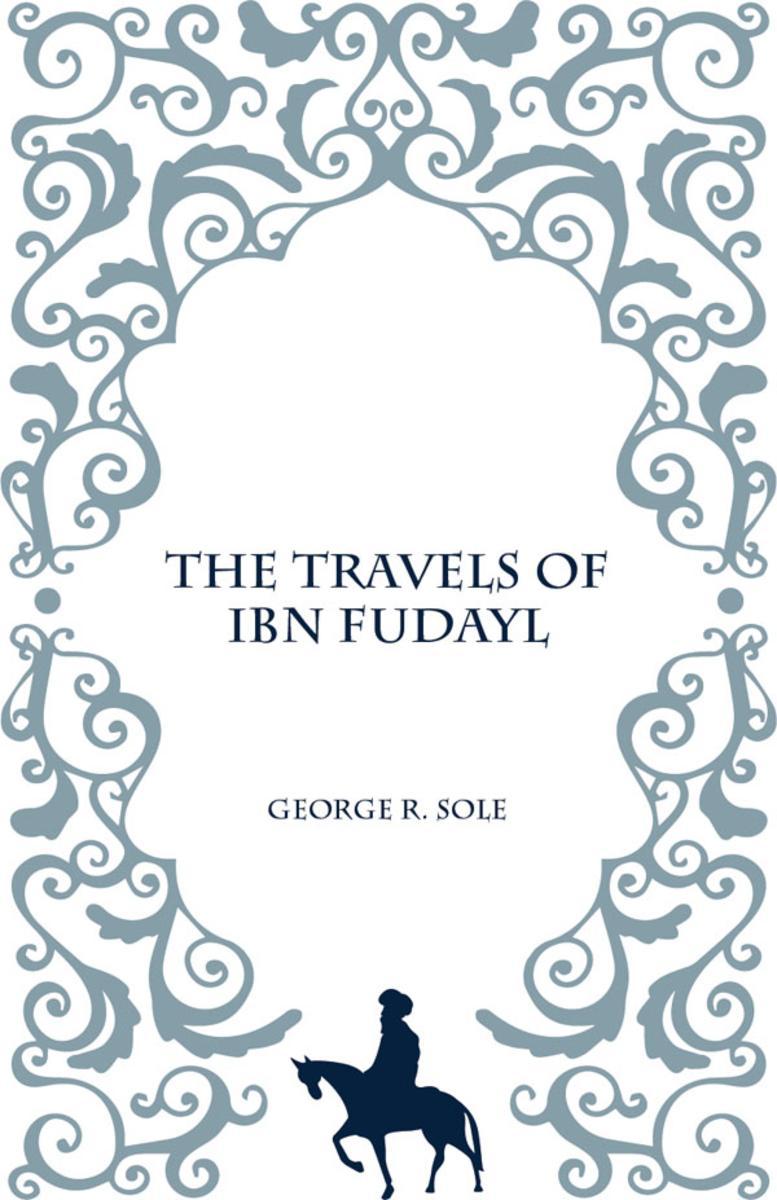
The Travels of Ibn Fudayl
¥57.14
The Travels of Ibn Fudayl is a satirical tale written in the style of an academic who has translated a medieval manuscript. It comes complete with a foreword, introduction, bibliography and copious footnotes that poke fun at the pretentious world of academia, whilst chronicling Ibn Fudayl's experiences in Al-Andalus. In particular, how his search for wisdom leads him to meet the philosopher Al-Homsi, the world's most ignorant man. It is their friendship and love for worthless knowledge that enables Ibn Fudayl to reach the upper echelons of Andalusian society.
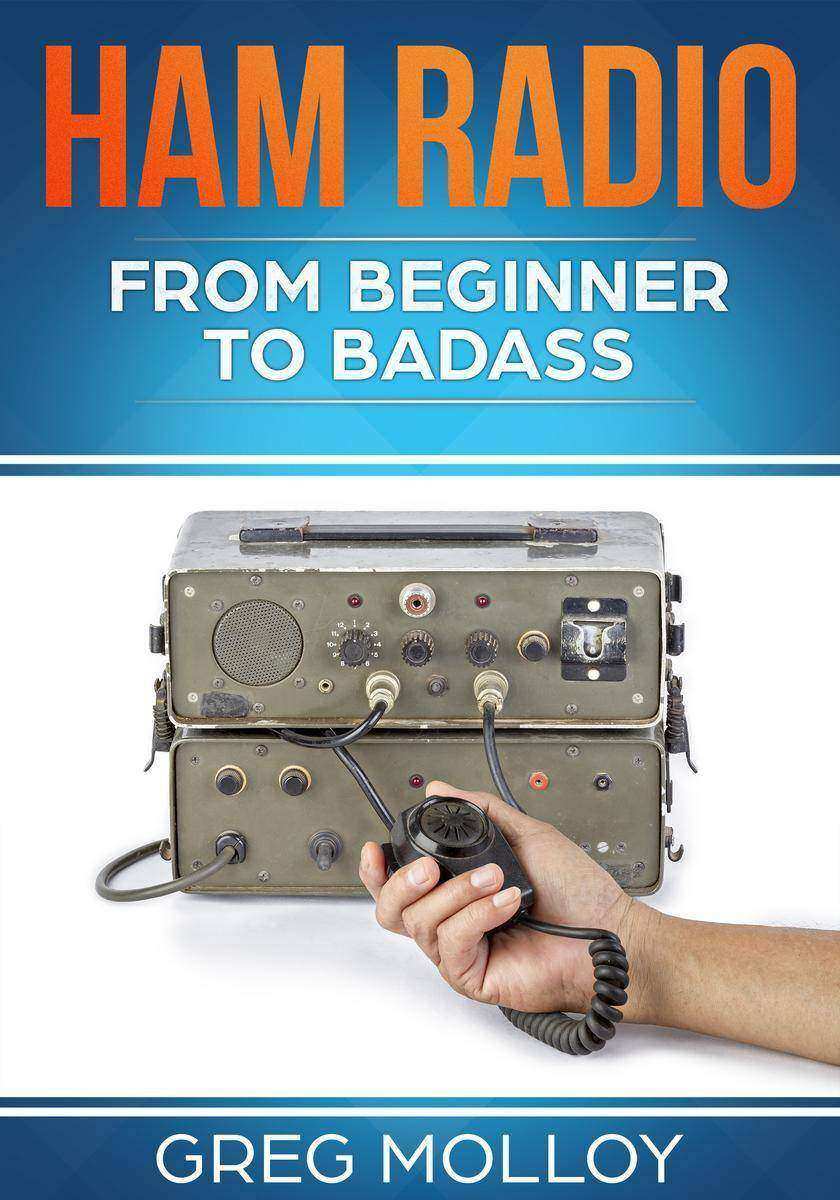
Ham Radio: From Beginner to Badass
¥24.44
Ham Radio: From Beginner to Badass
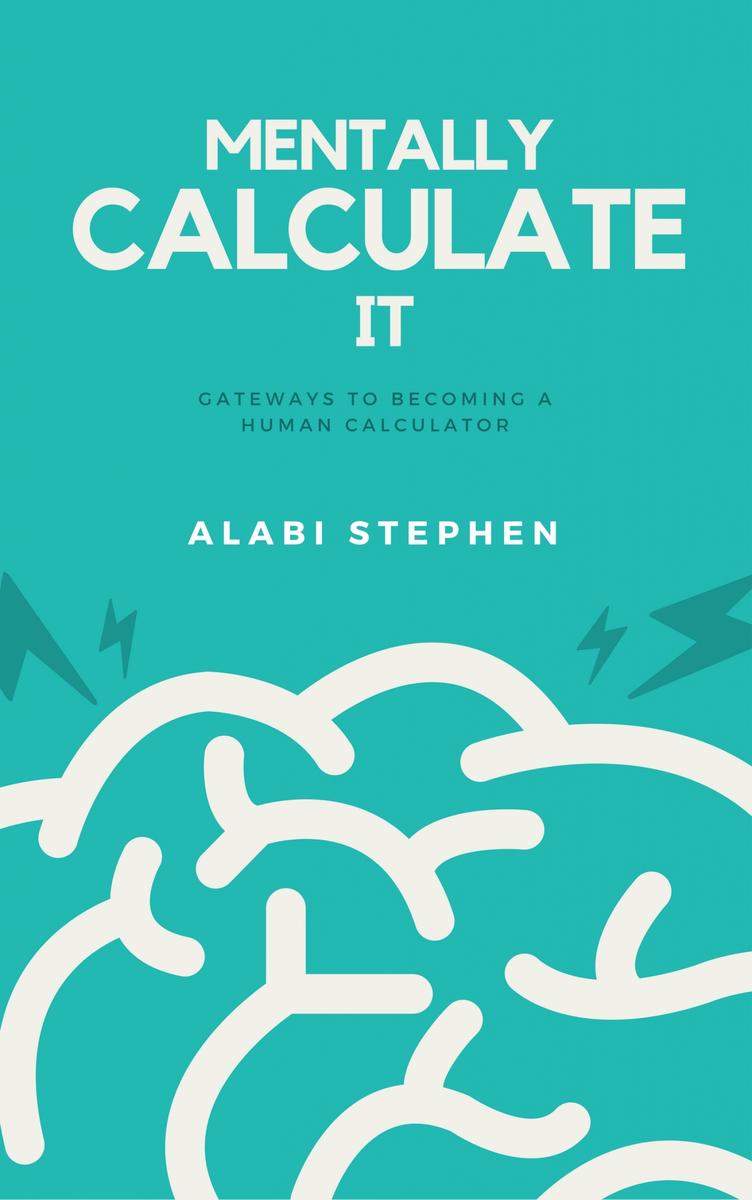
Mentally Calculate It: Gateways To Becoming A Human Calculator
¥32.62
Mentally Calculate It: Gateways To Becoming A Human Calculator
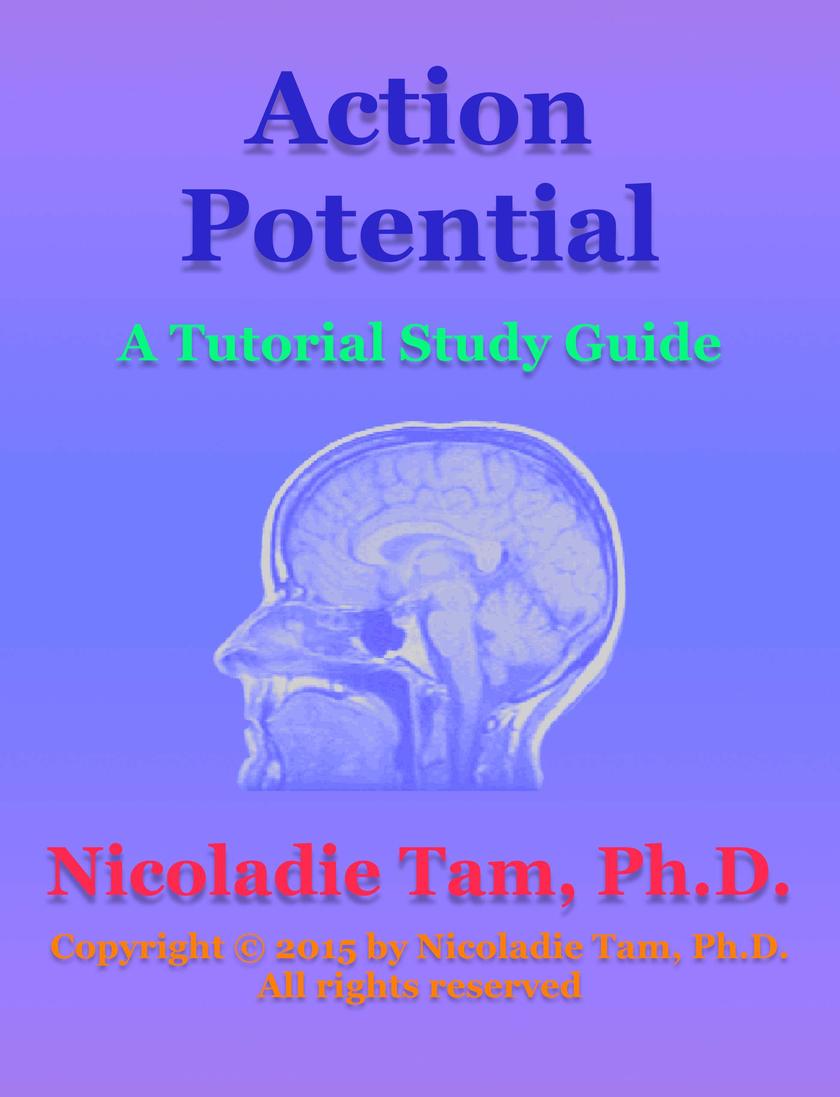
Action Potential: A Tutorial Study Guide
¥32.62
Action Potential: A Tutorial Study Guide

Be Your Own Doctor: Alternative Therapies For Conventional Prescriptions
¥24.44
Be Your Own Doctor: Alternative Therapies For Conventional Prescriptions
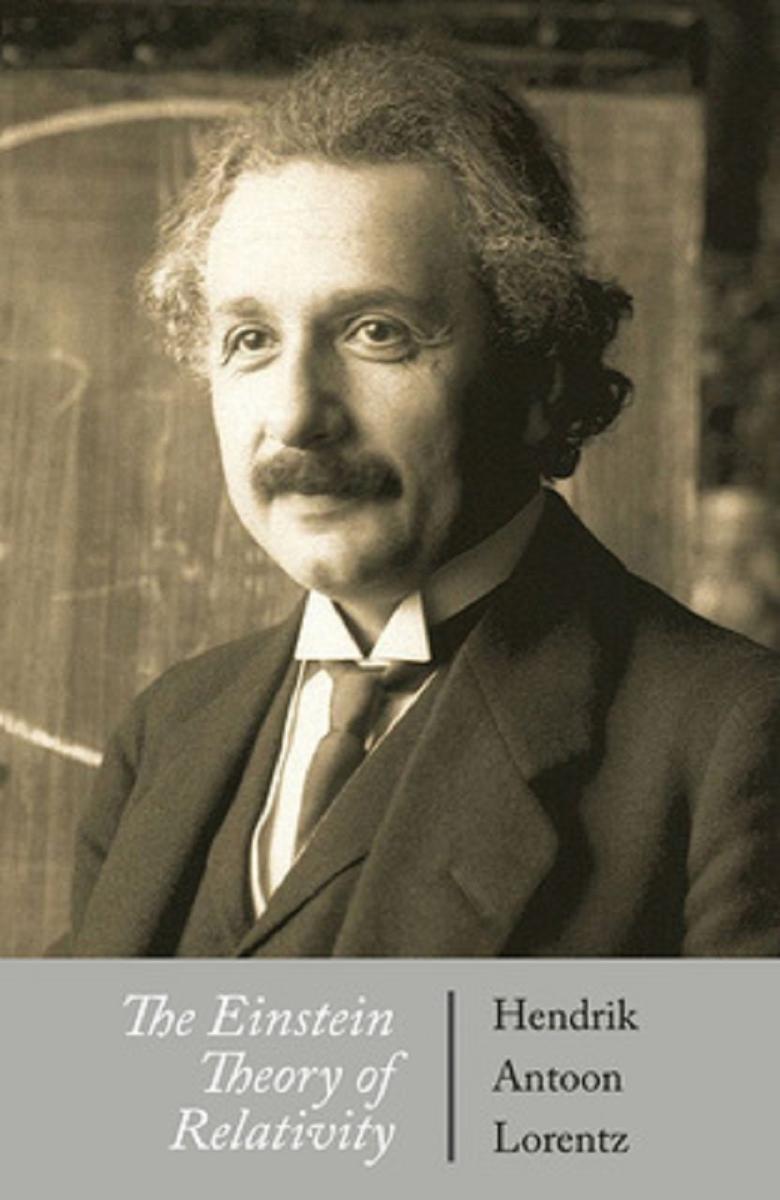
The Einstein Theory of Relativity
¥8.09
The Einstein Theory of Relativity
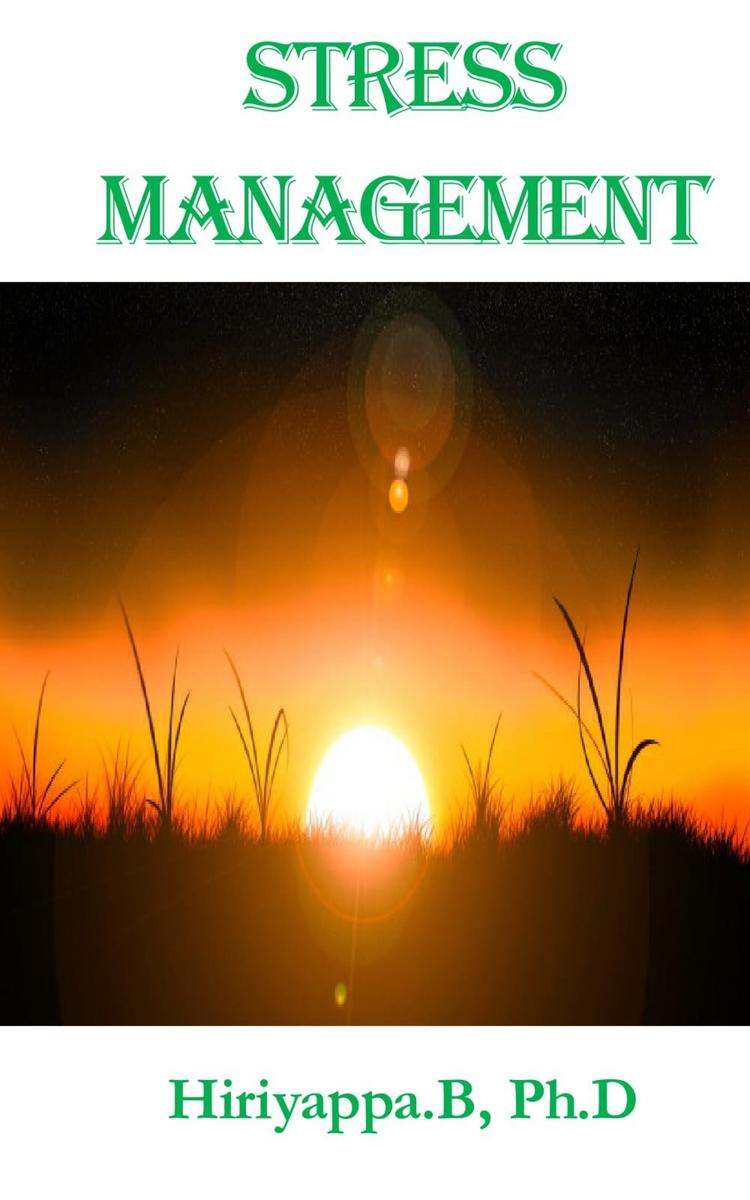
Stress Management
¥57.14
Stress Management

Clinical Updates in Rheumatoid Arthritis
¥0.01
Clinical Updates in Rheumatoid Arthritis
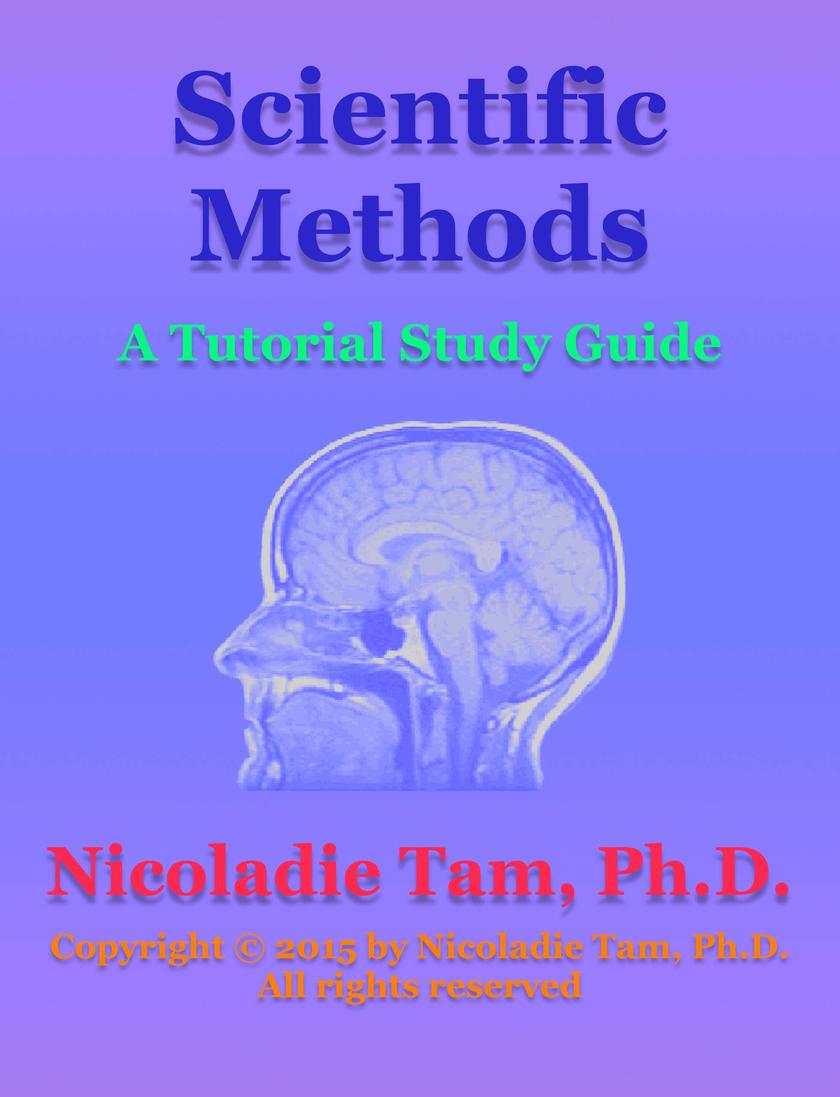
Scientific Methods: A Tutorial Study Guide
¥32.62
Scientific Methods: A Tutorial Study Guide
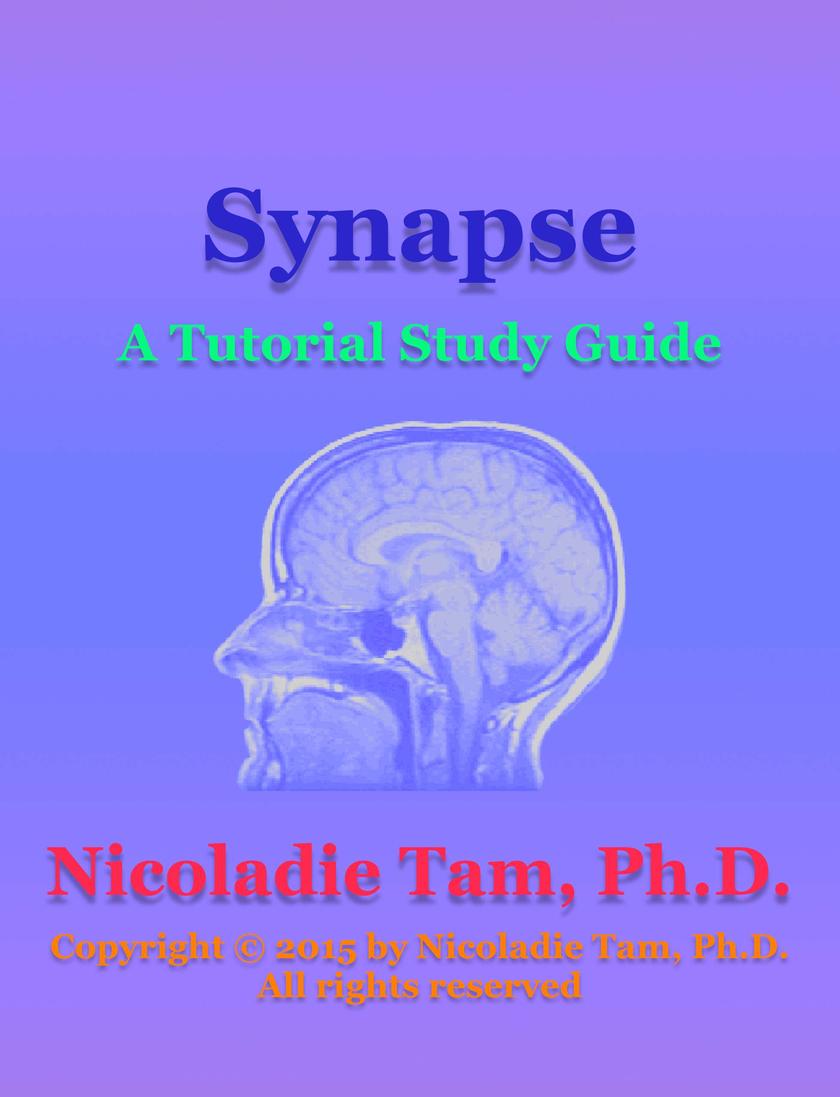
Synapse: A Tutorial Study Guide
¥40.79
Synapse: A Tutorial Study Guide

New Choices in Natural Healing for Dogs & Cats
¥77.86
New Choices in Natural Healing for Dogs & Cats
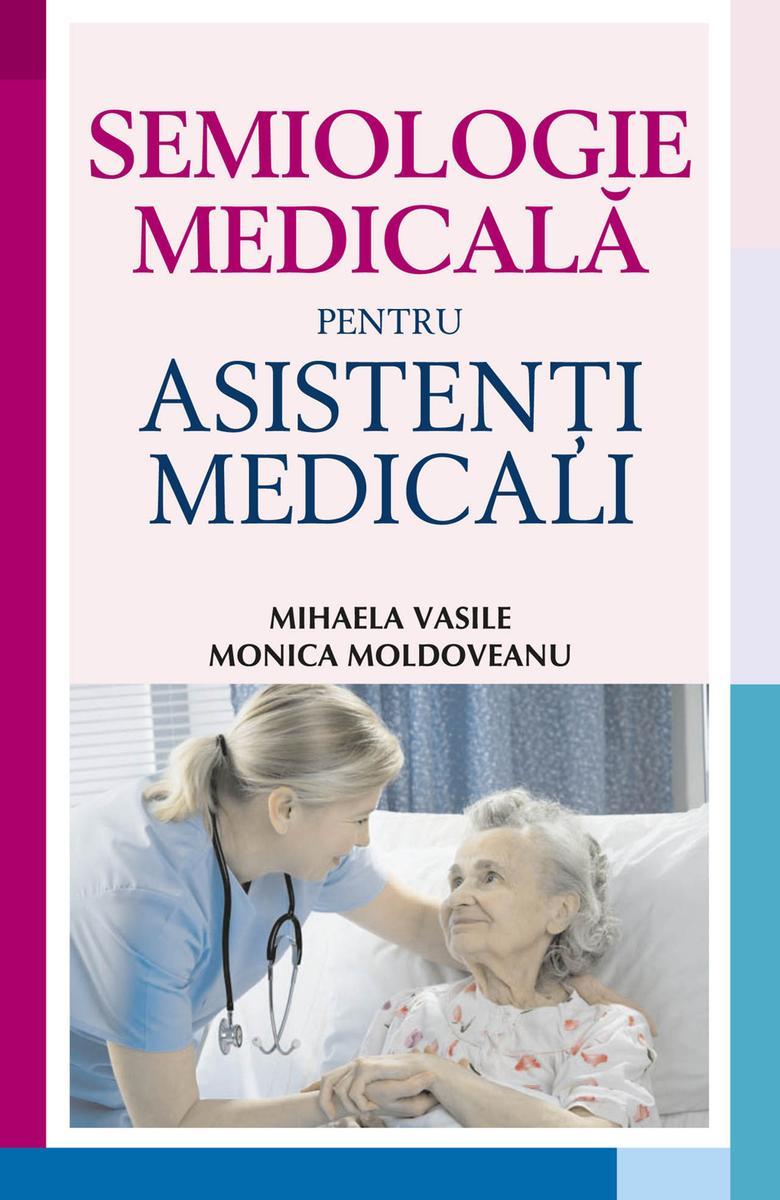
Semiologie medical? pentru asisten?i medicali
¥65.32
Medicin? este un domeniu aflat ?ntr-o continu? schimbare, prin experien?a clinic? ?i studiile care l?rgesc mereu orizontul de cunoa?tere.Cartea de fa?? ?i ofer? viitorului asistent medical oportunitatea ?nsu?irii unor no?iuni de baz? din domeniul medicinii de laborator, la care se adaug? modalit??ile de prevenire ?i combatere a bolilor infec?ioase, precum ?i posibilit??ile actuale de tratare a acestora.Lucrarea comprim? ?i integreaz? informa?ii importante din domeniul virusologiei, bacteriologiei, parazitologiei, micologiei ?i imunologiei, fiecare dintre aceste ramuri cunosc?nd o dezvoltare independent? remarcabil? ?n ultimele decade.?ntregul material respect? programa de preg?tire a asisten?ilor medicali, adres?ndu-se tuturor elevilor ?colilor sanitare, indiferent de specialitate.

Wart Cure: A Complete Guide on How To Get Rid Of Warts For Good
¥24.44
Wart Cure: A Complete Guide on How To Get Rid Of Warts For Good
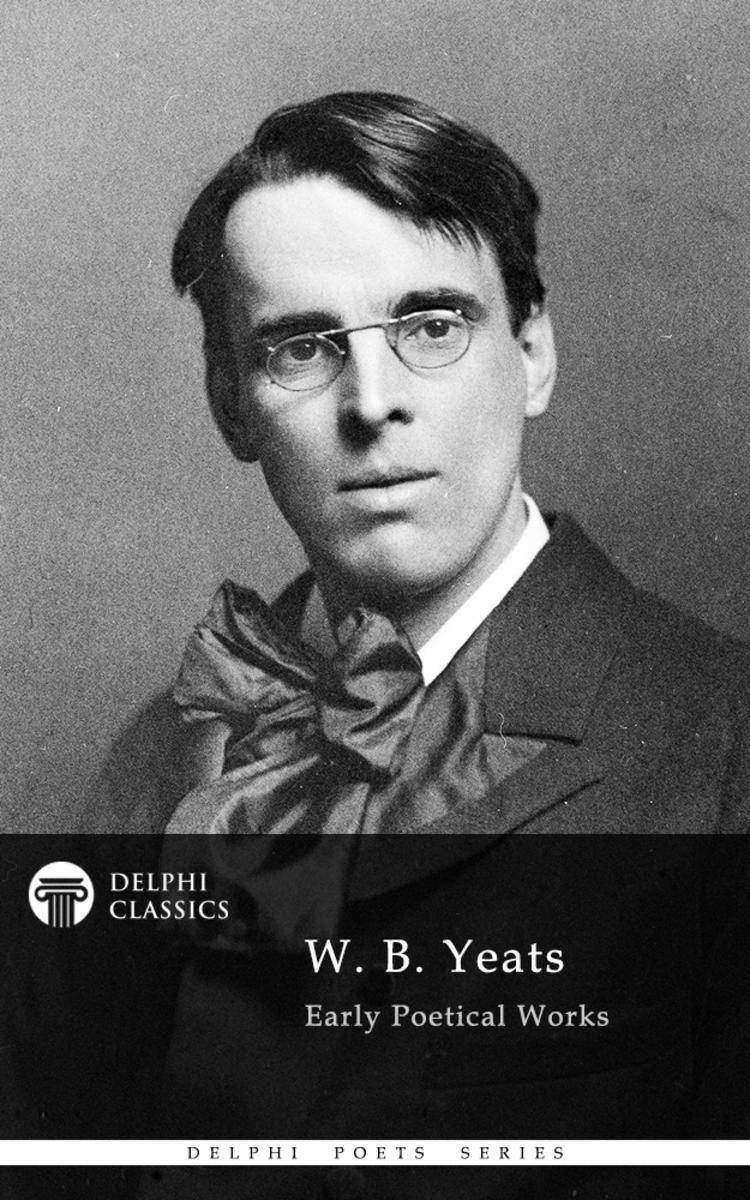
Delphi Works of W. B. Yeats (Illustrated)
¥8.09
This is the seventh volume of a new series of publications by Delphi Classics, the best-selling publisher of classical works. Many poetry collections are often poorly formatted and difficult to read on eReaders. The Delphi Poets Series offers readers the works of literature's finest poets, with superior formatting. This volume presents the poetical works and plays of W. B. Yeats, with illustrations and the usual Delphi bonus material. (Version: 1) * Beautifully illustrated with images relating to Yeats' life and works * Concise introductions to the poetry and other works * Ten poetry collections – the most poems possible due to US copyright restrictions * Images of how the poetry books were first printed, giving your eReader a taste of the original texts * Excellent formatting of the poems and plays * Special chronological and alphabetical contents tables for the poetry * Easily locate the poems you want to read * 19 plays, including rare dramas appearing for the first time in digital print * Features two autobiographies - discover Yeats' literary life * Scholarly ordering of texts into chronological order and literary genres Please note: to comply with US copyright restrictions, poetry collections, plays and autobiographical works published after 1922 cannot appear in this volume. Once these later works enter the US public domain, they will be added as a free update to the eBook. Please visit www.delphiclassics.com to browse through our range of exciting titles CONTENTS The Poetry Collections THE WANDERINGS OF OISIN AND OTHER POEMS THE COUNTESS KATHLEEN AND VARIOUS LEGENDS AND LYRICS THE WIND AMONG THE REEDS Poems from THE SHADOWY WATERS TWO NARRATIVE POEMS IN THE SEVEN WOODS THE GREEN HELMET AND OTHER POEMS RESPONSIBILITIES THE WILD SWANS AT COOLE MICHAEL ROBARTES AND THE DANCER The Poems LIST OF POEMS IN CHRONOLOGICAL ORDER LIST OF POEMS IN ALPHABETICAL ORDER The Plays THE COUNTESS CATHLEEN THE LAND OF HEART’S DESIRE DIARMUID AND GRANIA WHERE THERE IS NOTHING CATHLEEN NI HOULIHAN THE HOUR-GLASS THE POT OF BROTH THE KING’S THRESHOLD ON BAILE’S STRAND DEIRDRE THE UNICORN FROM THE STARS THE GREEN HELMET THE SHADOWY WATERS THE HOUR-GLASS (VERSE VERSION) AT THE HAWK’S WELL THE DREAMING OF THE BONES THE ONLY JEALOUSY OF EMER CALVARY THE PLAYER QUEEN The Autobiographies REVERIES OVER CHILDHOOD AND YOUTH THE TREMBLING OF THE VEIL




 购物车
购物车 个人中心
个人中心



